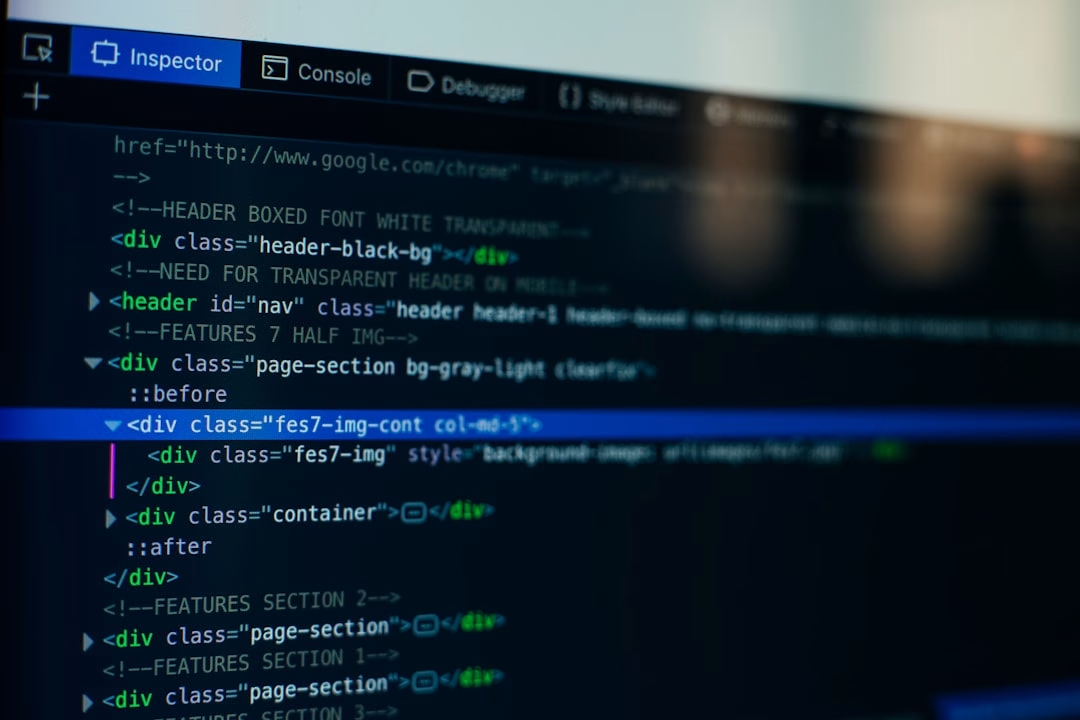Exploring the Depths of Python: Advanced Techniques
Exploring the Depths of Python: Advanced Techniques
Hey there, fellow Pythonistas! Do you ever find yourself diving deep into the Python rabbit hole, marveling at the endless ways this language can surprise you? Because I sure do. In fact, this love for Python has inspired me to write this blog post, sharing some of the advanced Python techniques I have come to appreciate. Buckle up – it’s time for an adventure into the code-y depths of Python!
1. List Comprehensions
One of my absolute favorite Python concepts has to be list comprehensions. If you haven’t used them before, they’re a way of creating a new list by manipulating elements from another list in just a single line of code. Imagine the possibilities!
Let’s look at a practical example. Say we have a list of numbers and we want to create a new list containing only the even numbers from the first list. Here’s how we’d do it:
- original_list = [1, 2, 3, 4, 5, 6]
- even_list = [i for i in original_list if i%2 == 0]
Voila! Just like that, even_list now contains only the even numbers from original_list. Talk about efficient!
2. Function Annotations
You know those times when you’re scanning through some Python code you’ve written, and you can’t quite remember what type of arguments a particular function accepts, or what type it returns? Function annotations to the rescue!
Introduced in Python 3.5, function annotations provide a way of associating various types of metadata with function parameters and return values. Check out this simple example:
- def greet(name: str) -> str: return f’Hello {name}’
In this example, ‘name: str’ is a parameter annotation informing that name should be a string. Similarly, ‘-> str’ is a return annotation indicating that our function will return a string. Cool, right?
3. The Underscore (_)
Did you know that in Python, the underscore definitely isn’t underscored (pun intended)? In fact, it’s a versatile tool that can be used in various scenarios, such as in loops, numerical computations, and even with internationalisation.
For example, when we don’t need to use a certain variable in a loop, it’s commonplace to use an underscore to denote it. Like so:
- for _ in range(10): print(“I love Python!”)
Pretty nifty, huh? I hope this dive into Python’s advanced techniques opened up new doors for you and refreshed some of your existing knowledge. Stick around my blog for more journeys through the vast Python ocean.






